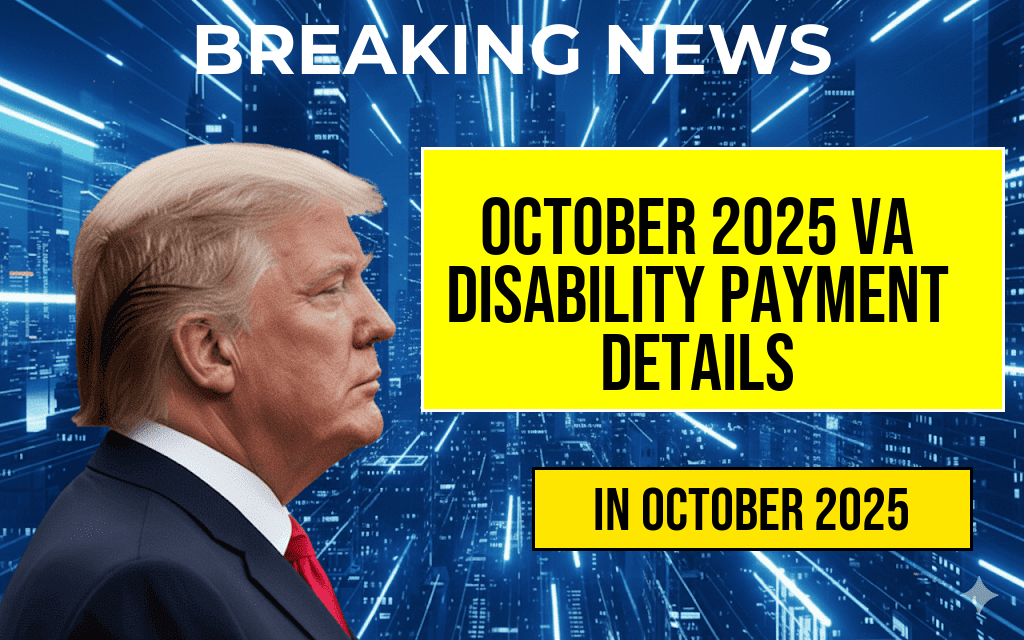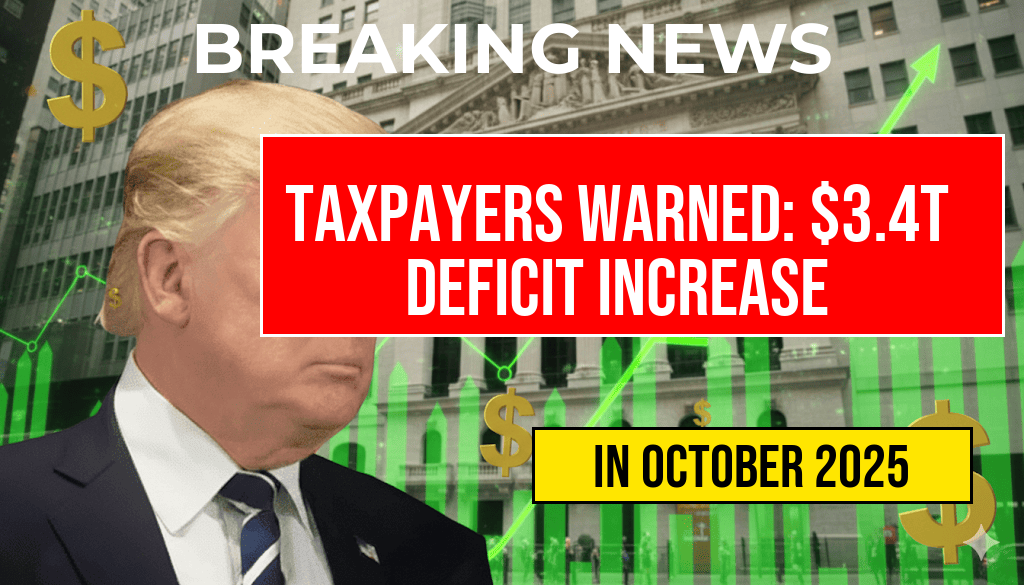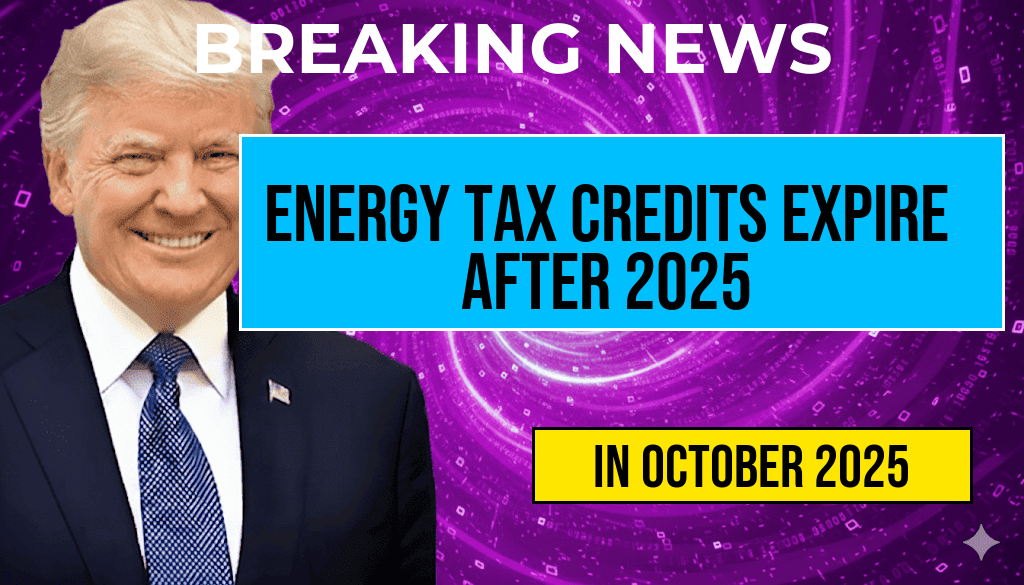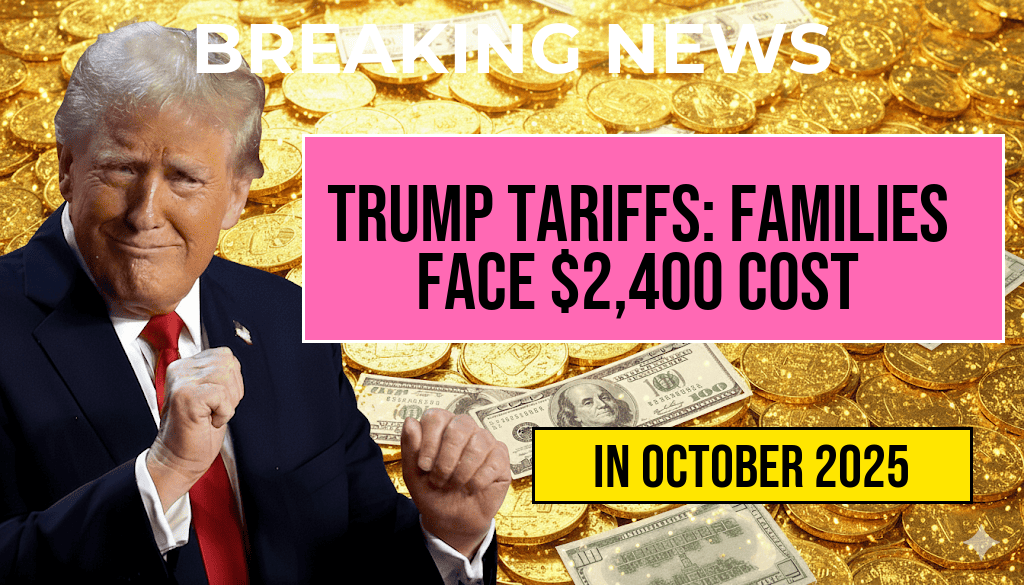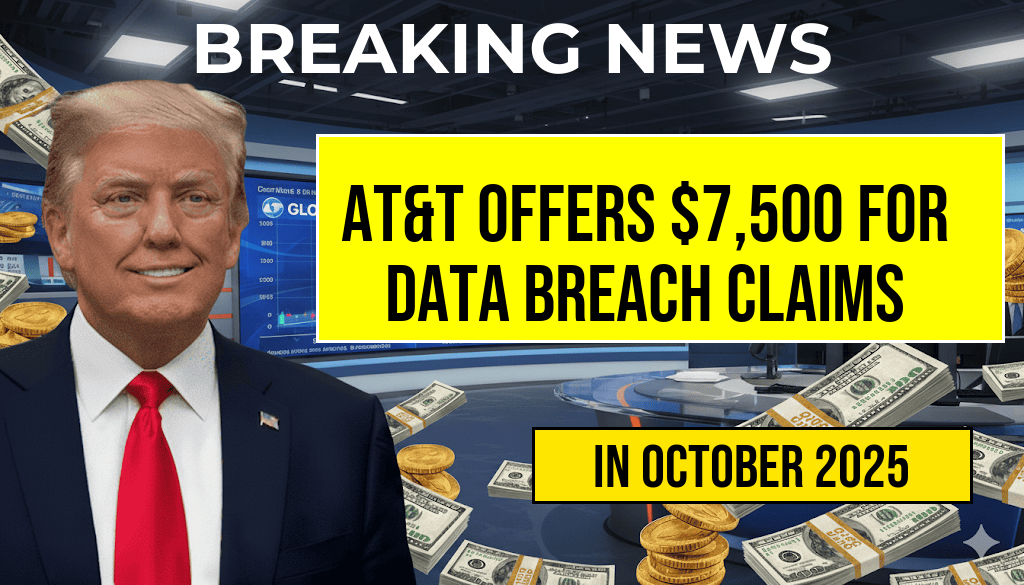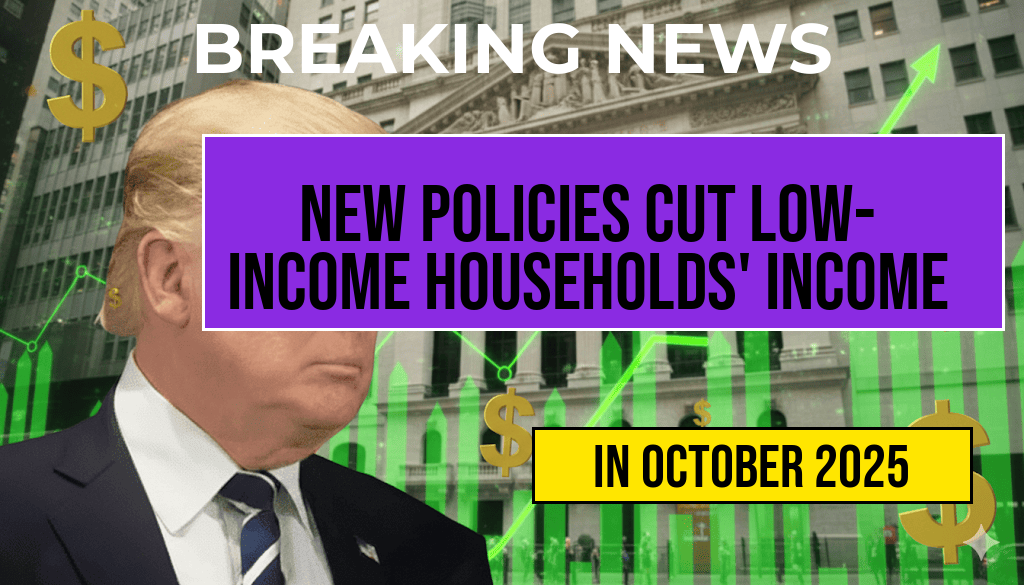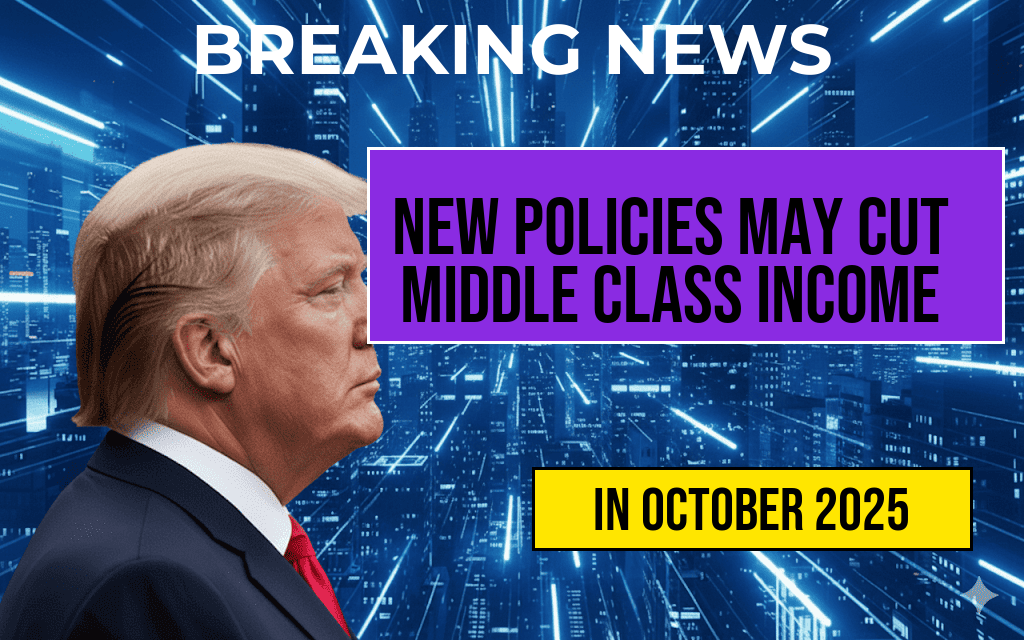The expiration of residential energy tax credits after 2025 marks a significant turning point for homeowners considering renewable energy upgrades. Established as a crucial component of federal initiatives to promote energy efficiency, these tax incentives have fueled the adoption of solar panels, energy-efficient appliances, and other green technologies across the United States. As the deadline approaches, stakeholders in the energy sector, environmental advocates, and homeowners find themselves navigating a landscape that could soon become less favorable for green energy investments. The implications of this expiration are wide-ranging, affecting not only the financial decisions of homeowners but also the broader goals of sustainability and carbon reduction.
Understanding Residential Energy Tax Credits
Residential energy tax credits were introduced to encourage individuals to invest in renewable energy systems and energy-efficient home improvements. These credits provide a percentage of the cost of eligible systems as a tax reduction, making the transition to greener energy sources more financially viable for many Americans. Key areas covered by these incentives include:
- Solar photovoltaic (PV) systems
- Solar water heating systems
- Wind turbines
- Geothermal heat pumps
- Energy-efficient windows and doors
As of now, homeowners can claim a tax credit of 26% of the installation costs for solar systems and 10% for other renewable technologies, but these percentages are set to decrease in the coming years. After 2025, the tax credits will no longer be available, prompting urgency among prospective investors.
The Current Landscape of Green Energy Incentives
The residential energy tax credits have played a pivotal role in the growth of the renewable energy sector in the U.S. According to the Energy Innovation Policy and Technology LLC, the installation of solar energy systems surged by over 40% in 2021, largely due to these incentives. Homeowners have been motivated not only by environmental concerns but also by the potential for significant long-term savings on energy bills.
Impacts of Expiration on Homeowners
The expiration of these tax credits may discourage new installations of renewable energy systems. Homeowners who have been contemplating solar panels or other energy-efficient improvements may feel pressured to make a decision before the incentives disappear. The potential loss of financial support could lead to:
- Increased upfront costs for renewable energy systems
- Slower adoption rates for green technologies
- Greater reliance on fossil fuels and traditional energy sources
Reactions from Stakeholders
Industry professionals and environmental advocates are expressing concern over the impending expiration. Many believe that the tax credits have been instrumental in transitioning to a sustainable energy future. John Smith, a spokesperson for the Solar Energy Industries Association (SEIA), stated, “The residential energy tax credits have been a game-changer in making solar more affordable for American families. Without them, we risk losing momentum in the clean energy transition.”
On the other hand, some policymakers argue that the market has matured enough to sustain itself without federal incentives. They suggest that removing tax credits could encourage innovation and competition within the renewable energy sector.
Future of Energy Incentives
As the expiration date looms, discussions surrounding the future of energy incentives are gaining traction. Some lawmakers are advocating for an extension or expansion of the existing tax credits to bolster the green energy sector. A proposed bill seeks to not only extend the current credits but also increase the percentage available for new installations. The outcome of these discussions will play a critical role in shaping the future landscape of renewable energy investments.
| Energy System Type | Current Tax Credit Rate | Post-2025 Tax Credit Rate |
|---|---|---|
| Solar PV Systems | 26% | 0% |
| Solar Water Heating | 26% | 0% |
| Wind Turbines | 10% | 0% |
| Geothermal Heat Pumps | 10% | 0% |
| Energy-Efficient Windows | 10% | 0% |
As homeowners weigh their options, the urgency to act before the 2025 deadline becomes increasingly clear. The decision to invest in renewable energy technologies will not only impact individual households but also the broader effort to combat climate change and move towards a more sustainable energy future.
For more detailed information on residential energy tax credits and the potential changes, you can refer to the Wikipedia page or visit the U.S. Department of Energy website.
Frequently Asked Questions
What are the key changes to the Residential Energy Tax Credits before they expire?
The Residential Energy Tax Credits will see significant changes as they phase out after 2025. Homeowners will need to take advantage of the current incentives before they are no longer available, with potential reductions in the credit amounts and eligibility criteria.
How can homeowners benefit from the green energy incentives before they expire?
Homeowners can benefit by installing energy-efficient systems such as solar panels, wind turbines, and energy-efficient appliances. By acting before the expiration, they can claim the maximum tax credits available under current regulations.
What types of projects qualify for the Residential Energy Tax Credits?
Eligible projects include the installation of solar energy systems, geothermal heat pumps, energy-efficient windows, and insulation upgrades. Each project has specific requirements and credit amounts that homeowners should review.
Are there any financial implications of the expiration of these green energy incentives?
Yes, the expiration of the Residential Energy Tax Credits could lead to increased costs for homeowners who wish to invest in green energy. Without the incentives, the upfront costs for energy-efficient upgrades may deter many from pursuing these projects.
What should homeowners do if they miss the deadline for the Residential Energy Tax Credits?
If homeowners miss the deadline, they will no longer be eligible for the tax credits on new installations. They should consider exploring other financing options or state and local incentives that may still be available to support green energy initiatives.

